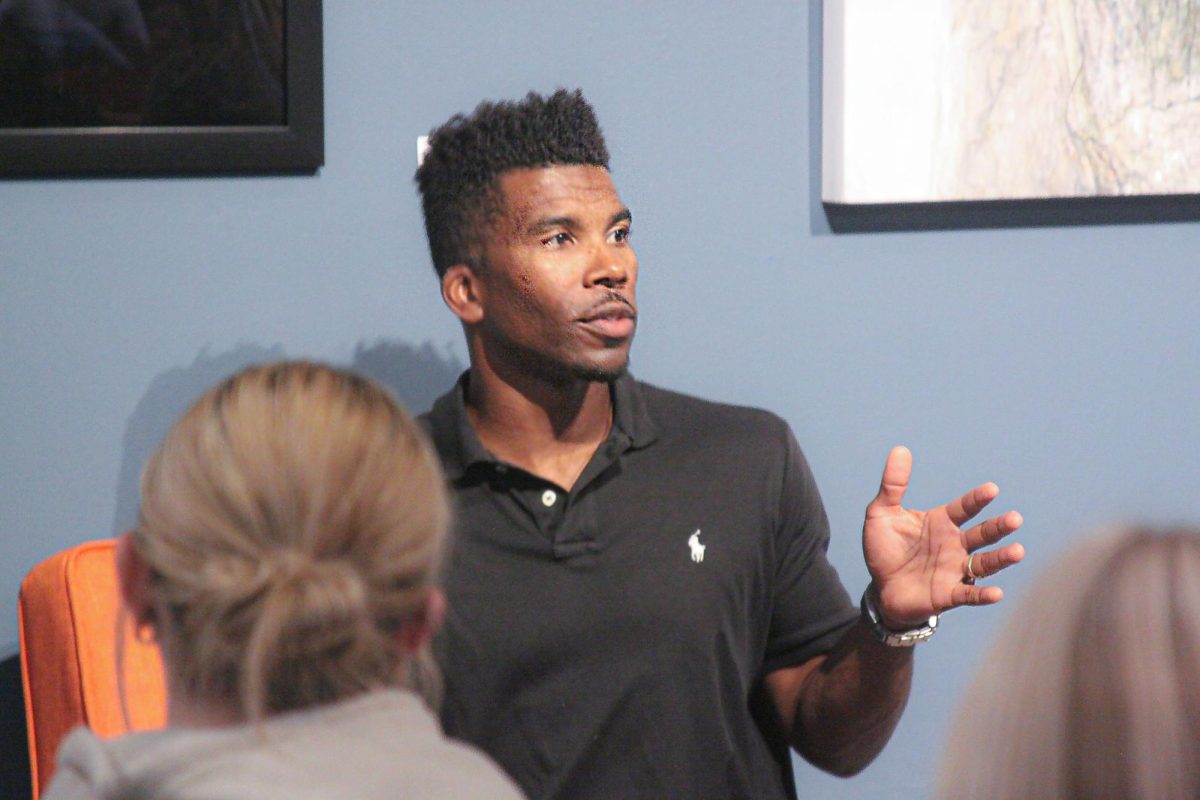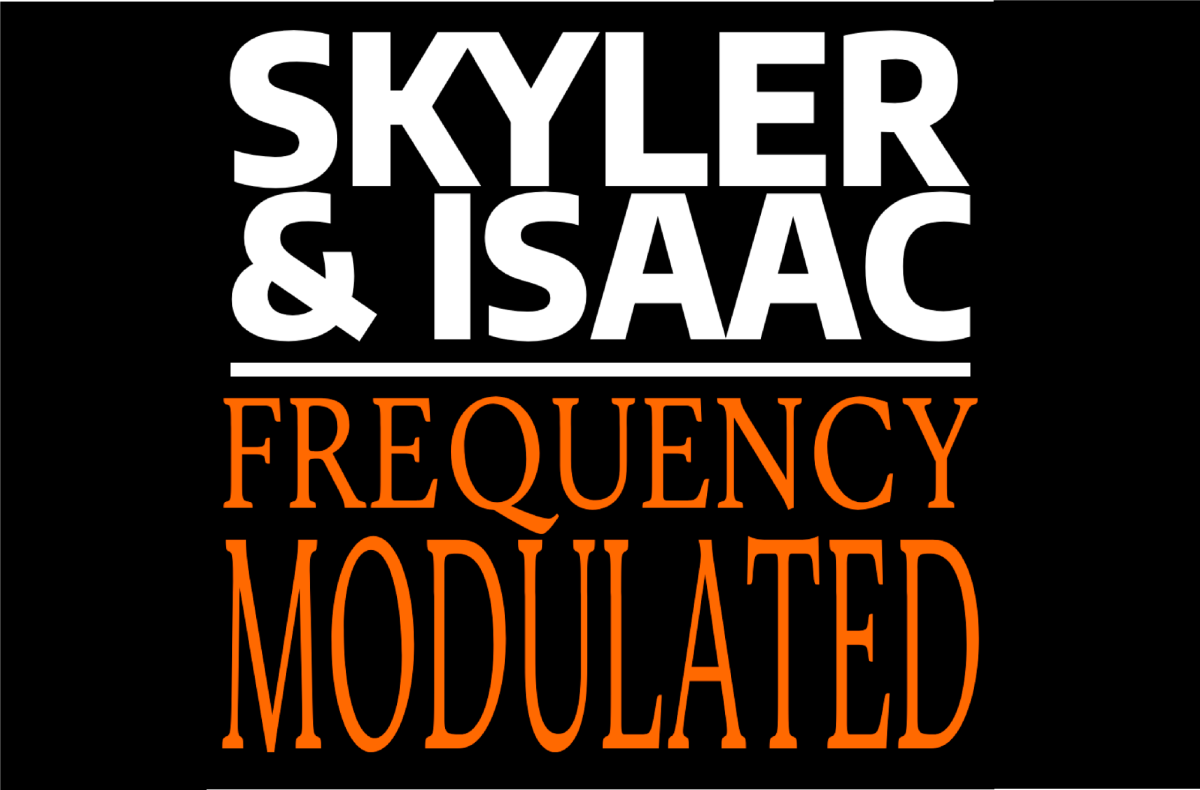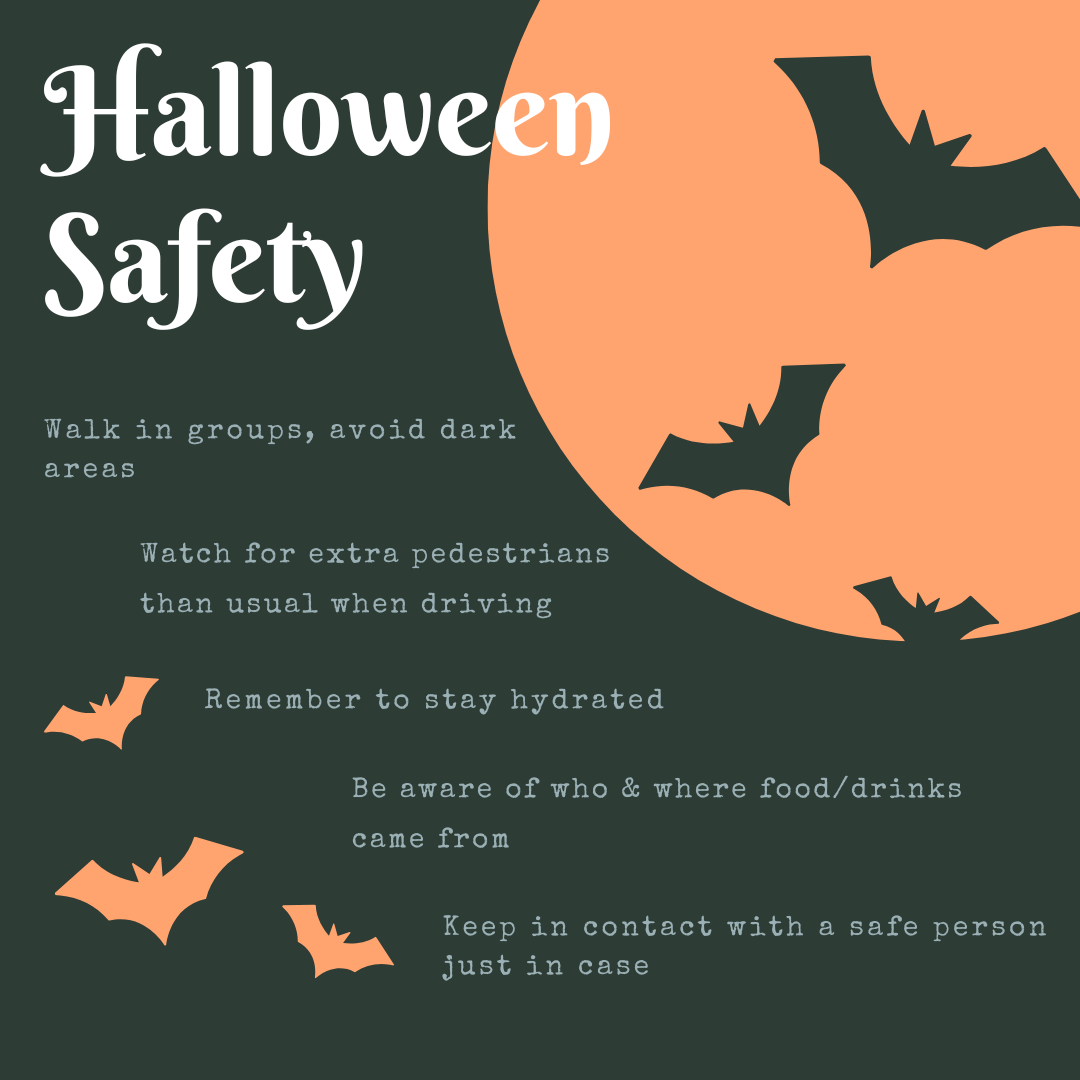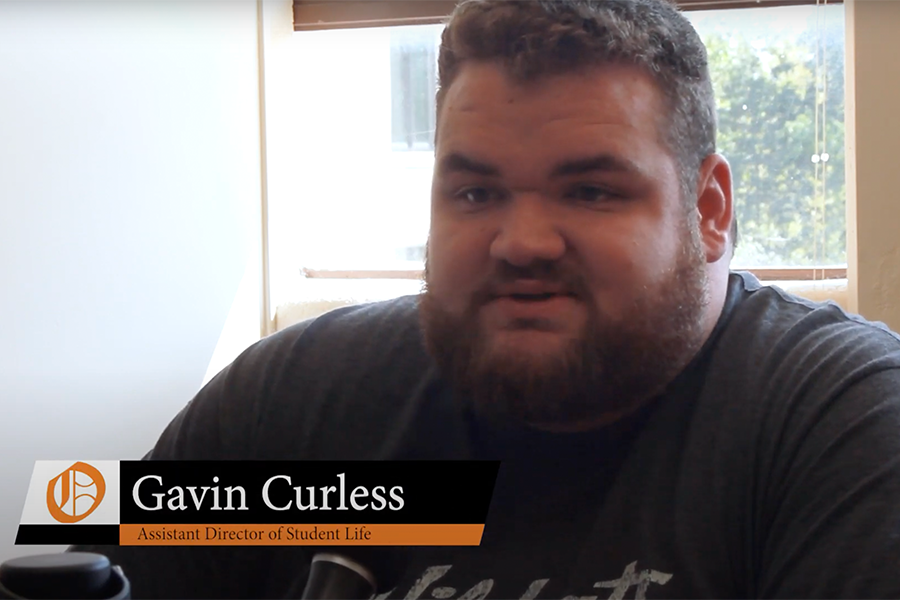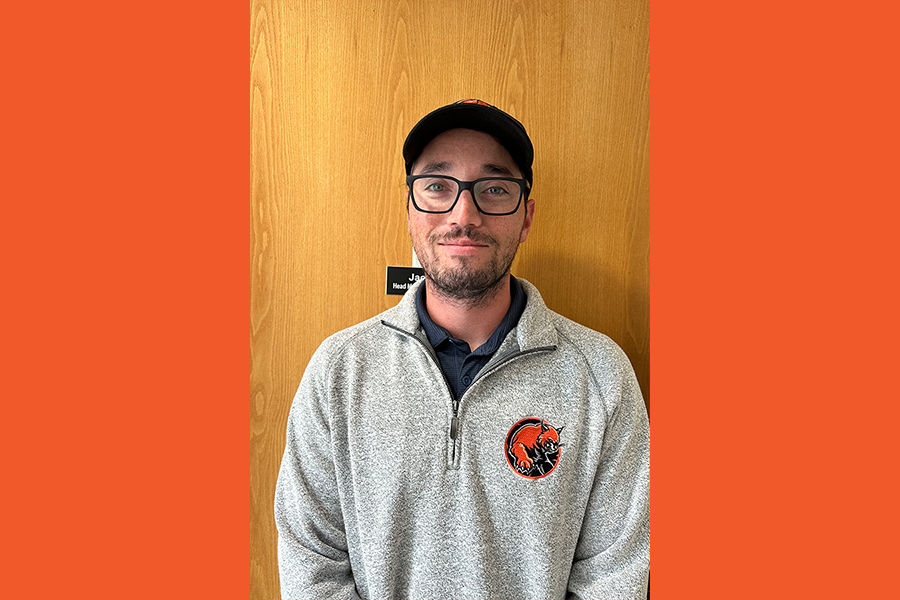After taking a year off from playing volleyball, my competitive nature had me itching to get back on the court. I was ecstatic to be accepted into Baker University and to be given the chance to play the sport I love once again. It wasn’t until I arrived in Lamoni, Iowa, for our first tournament of the season that I learned that opportunity would be ripped right out of my hands.
My first experience as a collegiate athlete was spent at Johnson County Community College. While I thoroughly enjoyed my time spent playing volleyball for the Cavaliers, the freshman frustrations that come along with being an athlete overwhelmed me, driving me to the point of leaving after just one year.
Although I wasn’t going to play anymore, I couldn’t imagine my life without volleyball so I spent my sophomore year at Kansas State University as the manager of its NCAA Division I volleyball team. While the job had many perks and I was happy to stay near the sport, I found my daily tasks of keeping stats to be extremely monotonous. I often thought to myself, “I’m not supposed to be shagging volleyballs for a team, I’m supposed to be out there on the court hitting them!”
Realizing my desire, or maybe my indecisiveness, to get back on the court while I still had the chance, I contacted Kathy Allen, the head volleyball coach at Baker. She recruited me during high school so I thought I’d give it a shot.
The next thing I knew I was visiting Baldwin City, falling in love with the campus and being offered a spot on the varsity team.
In preparation of becoming an athlete at Baker, there are an assortment of tasks one has to complete in order to obtain eligibility through the NAIA Clearinghouse. In my eagerness, I paid the $65 application fee, answered all questions I was provided and sent in my transcripts from both Johnson County and K-State as soon as I could.
Although I had done everything I had been asked to do, I was still somewhat concerned about my eligibility status based on what I had heard from other NAIA athletes. According to them, the NAIA is known to notify athletes of their eligibility or ineligibility at the last minute, whether it be with the first game just around the corner or even after the season had started.
Although I had just been squished in the back seat of a van for six hours, I was on cloud nine upon arrival to Lamoni with my team and ready to get our season started off right the next morning. My feelings of excitement lasted just long enough for me to set my bags down in my hotel room until I heard Coach Allen knock on our door and tell me she needed to talk to me.
My mind was racing, as I’m sure everybody’s does when they hear the words, “We need to talk,” but what I heard from Coach Allen and assistant coach Matt Windle was the last thing I expected.
When we were about halfway to Lamoni, Coach Allen received a call from an NAIA Clearinghouse representative who said I was ineligible. A rush of emotions overcame me as I found this out, but above all, I was shocked.
I had completed the paperwork. I had put in hard work, training on and off the court. I had done everything I was supposed to do. What could have possibly gone wrong?
The 24/36 hour rule is a rule that applies to transfer student athletes. The rule reads: “All students must have accumulated 24 credits in the 2 most immediately previous semesters or 36 credits in the 3 immediately previous quarters to be eligible.”
Upon entering my first semester at K-State, I enrolled in 12 hours as a full-time student. After the semester and after I made the decision to transfer once again, I wanted to increase my GPA so I decided to retake a class I took during my first semester to get a better grade.
While I was enrolled full time both semesters, the class I retook would only count for credit once, dropping me to 21 hours throughout the school year instead of the necessary 24 needed to play.
If I would have known about the glitch in my academic schedule in advance – preferably a couple months before we left for our first tournament – I would have been able to take a summer class and easily solve the problem.
I’m not the only student athlete at Baker this has happened to. Around the same time I found out about my ineligibility, it became known that multiple football players were rocking in the same boat as me. This leaves me to believe that there is an issue brewing, but who’s to blame?
After cooling down and coming to terms with my ineligibility, I took time to think about what I should have done differently. If I could go back, I would have enrolled myself in more than just the minimum 12 hours.
There are many stresses that come along with being a student athlete, and I don’t think you should give yourself more than you can handle, but it is always nice to have cushion room. If I had enrolled in just one more class, which I know I could have handled, I would have had enough hours to put me back on the court.
Also, the fact that I wasn’t informed about the mishap during my transfer process leads me to believe that advisers aren’t knowledgeable about the exact rules as well.
I spoke to advisers from both K-State and Baker, and I trust they would have let me know what I needed to do to make up for the missing hours if they had realized it was a problem.
One difference I found between K-State and Baker’s athletic programs is the presence of a compliance director.
While managing, I worked in the in the compliance office and closely with the director.
Ultimately, I believe the NAIA Clearinghouse could be a little more organized as far as communication goes. I found out the hard way that its reputation for finalizing eligibilities at the last minute is true. I would encourage other student athletes to do their best to communicate with their advisers and the NAIA Clearinghouse if they believe there is any conflict with their eligibility.
As for now, I am officially a redshirt. I am able to practice with the team and have three more years of eligibility after this year. While the situation is unfortunate and I wish more than anything I could be a part of the competition, I am staying positive and looking at this season as a rebuilding year after my time spent off the court.



